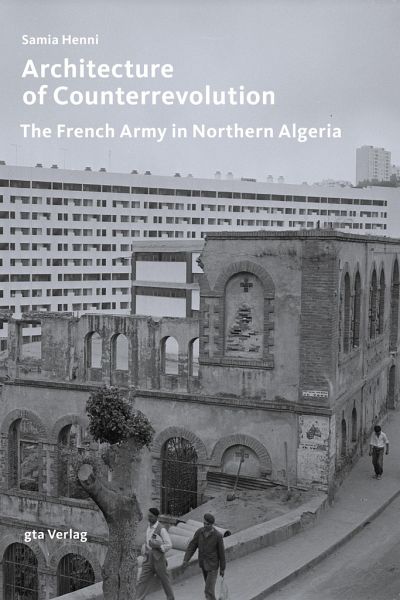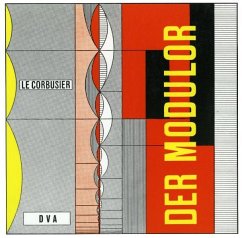
Architecture of Counterrevolution
The French Army in Northern Algeria
Versandkostenfrei!
Sofort lieferbar
48,00 €
inkl. MwSt.

PAYBACK Punkte
0 °P sammeln!
Nach mehr als 120 Jahren französischer Kolonialherrschaft führten die wachsenden Unabhängigkeitsbestrebungen 1954 zur algerischen Revolution, die bis 1962 andauerte. Um die Aufstände zu bekämpfen, reorganisierten die französischen Zivil- und Militärbehörden das gesamte Territorium, errichteten in kürzester Zeit neue Infrastrukturen und verfolgten eine Baupolitik, die letztlich die französische Dominanz in Algerien stabilisieren sollte. Die Studie beschreibt die architektonischen Massnahmen während dieses langwierigen und blutigen bewaffneten Konflikts. Sie analysiert ihre Ursprünge...
Nach mehr als 120 Jahren französischer Kolonialherrschaft führten die wachsenden Unabhängigkeitsbestrebungen 1954 zur algerischen Revolution, die bis 1962 andauerte. Um die Aufstände zu bekämpfen, reorganisierten die französischen Zivil- und Militärbehörden das gesamte Territorium, errichteten in kürzester Zeit neue Infrastrukturen und verfolgten eine Baupolitik, die letztlich die französische Dominanz in Algerien stabilisieren sollte. Die Studie beschreibt die architektonischen Massnahmen während dieses langwierigen und blutigen bewaffneten Konflikts. Sie analysiert ihre Ursprünge, Entwicklungen und Ziele, benennt die beteiligten Akteure und zeigt die zugrundeliegenden Entwurfsmethoden auf.












